Sabina Nessa's murder: Why have we been so slow to react?
With her long ebony hair and striking brown eyes, Sabina Nessa - a “brilliant” school teacher - was young, beautiful and a pillar of her community. So why didn’t her shocking murder in a busy London park last week hit the headlines with the pace you might expect? For many, the reason is clear.
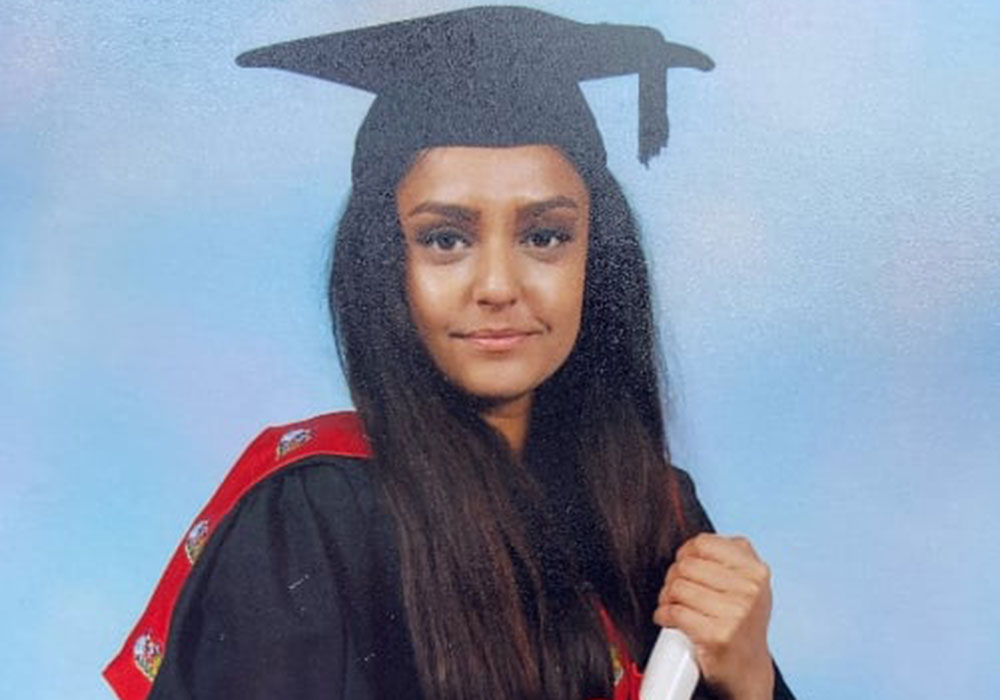
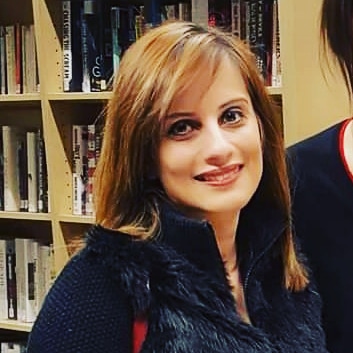
With her long ebony hair and striking brown eyes, Sabina Nessa - a “brilliant” school teacher - was young, beautiful and a pillar of her community. So why didn’t her shocking murder in a busy London park last week hit the headlines with the pace you might expect? For many, the reason is clear.
Sabina Nessa, a year one teacher in a local primary school, had been on her way to meet a friend in a bar last Friday night. She was just five minutes away from home in Kidbrooke, South East London when she is believed to have been attacked. Her body was discovered 24 hours later by a dog walker, hidden under a pile of leaves in Cator Park, a popular haunt for local families.
Although her immediate family have been too heartbroken to speak to the media, Sabina’s sister posted a touching tribute on Twitter, describing Sabina “beautiful”, “talented”, and “caring”.
“My inspiration to always put myself first [and] never let anyone put me down. Never in my life did I or my sisters or my mum and dad think this could happen to us,” the grieving young woman wrote.
Sabina Nessa’s death has reignited an important conversation about women’s safety - one that became particularly prevalent earlier this year following the murder of Sarah Everard.
“I only live five minutes away from where it happened and use the same path all the time,” Ayesha Mehmood, a student from Kidbrooke tells me. “It was too close to home. It could have been me or anyone. I just see myself and my sisters and friends in her.”
There are some distinct parallels between the murder of Sabina Nessa and the murder of Sarah Everard; both women were walking alone when they were attacked. Both murders happened in and around London. Both were young women, with their whole lives ahead of them.
Marie Claire Newsletter
Celebrity news, beauty, fashion advice, and fascinating features, delivered straight to your inbox!
But there was one key difference: the colour of their skin. And when you look at the vastly different response Sabina Nessa’s death appears to have received in the media up until now, it’s hard not to imagine the two are linked.
From many mainstream publications, there has been a perceived neglect in reporting Sabina’s murder in any great depth. On Wednesday, just a few days after the grim discovery of Sabina’s body in the park, the United Kingdom's highest-circulation print newspaper, Metro, devoted just a small segment of a column on page 6 to the case.
There is a feeling that the limited news coverage of Sabina’s murder across the board may have meant losing valuable time in the hunt for witnesses. “The whole community is hurting and there is a lot of anger,” Ayesha shares. “A lot of people feel like if a Black or Asian girl gets killed, nobody gives a shit.”
Actress and TV presenter Jameela Jamil, like Sabina, is of British Bangladeshi heritage, and she was among the many to point out the discrepancy in reporting. Posting a photograph of Sabina Nessa on Twitter, Jameela wrote: “I am going to need to see the same energy and level of outrage and horror that we saw with Sarah Everard’s murder. Just because this woman may not look like you, it doesn’t mean her life/death isn’t important.”
In the wake of Sarah Everard’s death, thousands of tributes were left in the form of flowers and cards on the route she took the night she was kidnapped. There was a police-attended protest about women’s safety. The Duchess of Cambridge even went to pay her respects. Sarah’s murder stirred something in people who saw themselves in her. “It could have been me, it could have been any of us” was the resounding message.
A vigil has now been organised in memory of Sabina Nessa, but it remains to be seen whether it will be of the same scale. Hira Ali, women’s rights activist and author of the book ‘Her Allies’ believes it’s all down to the connection - or lack thereof - we feel between ourselves and the victim of a heinous crime like this.
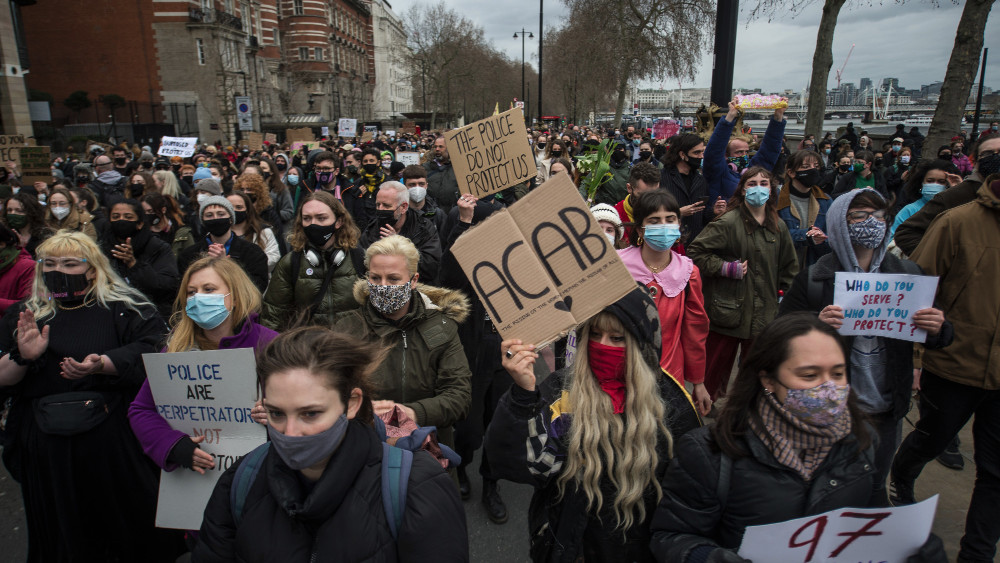
“Sabina’s case definitely did not receive the same media attention as other victims. There is such a disturbing lack of empathy or connection with people of colour. It’s like they tend to personally only be moved by deaths when the victim looks like their own daughter,” she tells Marie Claire.
“While gender violence is a growing epidemic which impacts women of every colour, police treatment and media coverage is explicitly biased. It would be naïve not to recognise the pattern of discrimination in how media and police treats women of colour. The difference is disheartening and glaring, and it ‘others’ us,” Ali adds.
It’s possible that racial and cultural stereotypes may have influenced the way the case was handled and reported on. Early on in the case, speculation spread on social media that because Sabina was Asian, the case may have been an honour killing, and not the ‘random attack’ that seems to spook and fascinate people the most. This was categorically denied by the family and the police, who continue to urge the public to share any information that might help to find the perpetrator.
Hira Ali says this kind of assumption is very damaging. “It creates harmful stereotypes where all types of general violence associated with Asian women is put under one category. Women of colour already face twice the roadblocks,” she says, adding that it’s “sad” newspapers have had to specify that Sabina Nessa’s murder was was a stranger killing.
The positive is that this time, it seems people might be listening. Over the past two days, the hashtag #sayhername has gone viral on social media as a backlash against the perceived silence from mainstream media. An Instagram post from journalist Katrina Mirpuri urging people to give the same “energy” to the cause as we did after Sarah Everard’s murder has been liked over 360,000 times, and has been shared in abundance.
As the face of Sabina Nessa, proudly holding her degree, finally begins to spread across social media with more pace, let’s hope it means we will continue to say her name - and the names of all victims of gender based violence, no matter what their skin colour.
Alia Waheed is a freelance journalist specialising in writing about issues affecting women in the Indian subcontinent for a variety of national newspapers and magazines. She was inspired to become a journalist after buying Marie Claire as a teenager as it was the only women's magazine which covered international stories about women. As a writer, her aim has always been to give a voice to the voiceless, whose stories go unheard. Her work has been featured in The Guardian, The Telegraph, The Times, Grazia, Cosmopolitan and Glamour among others. She has an MA in Creative Writing and was nominated for a British Journalism Award last year.
-
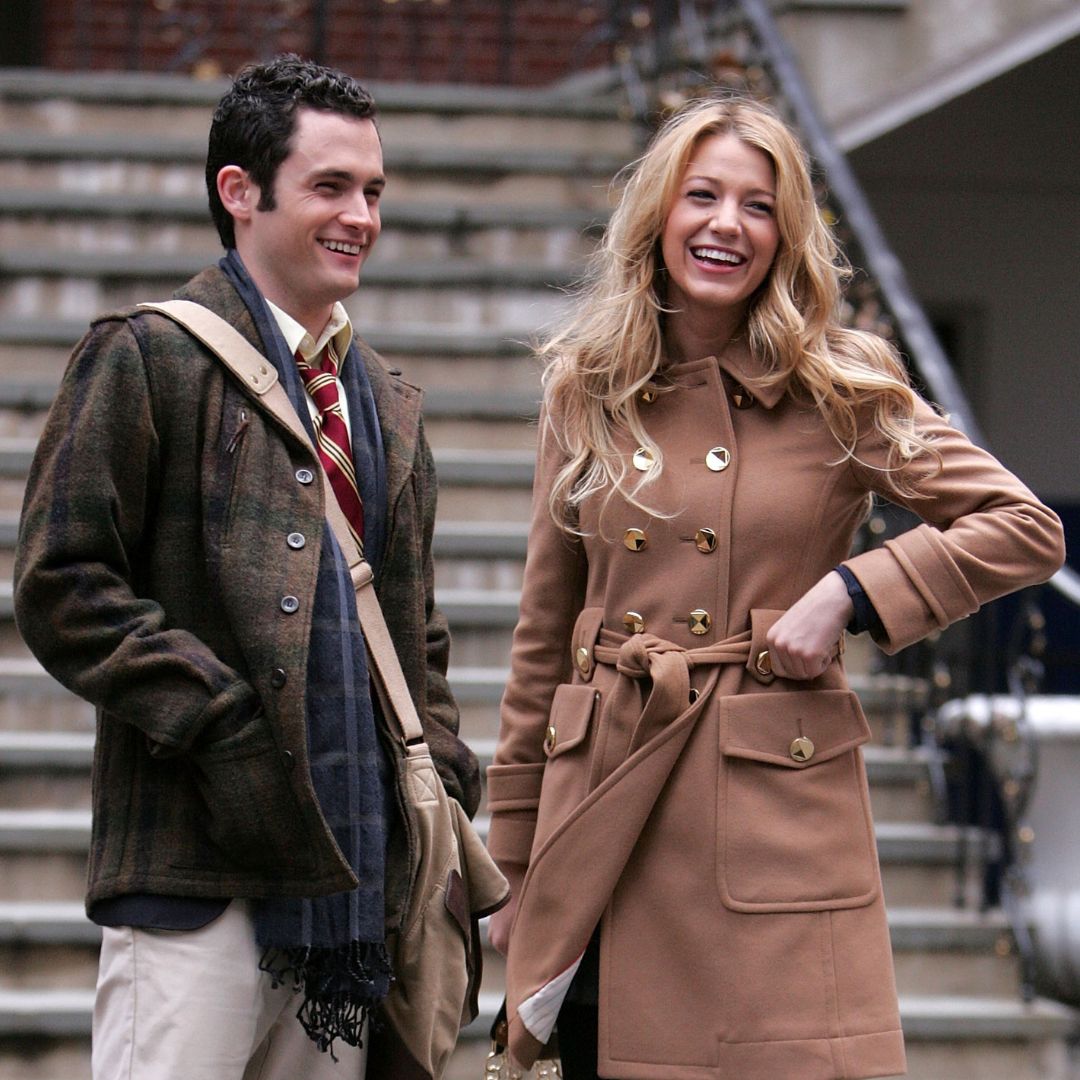 Penn Badgley and Blake Lively kept their breakup a secret from the Gossip Girl cast and crew - here's what we know about their former relationship
Penn Badgley and Blake Lively kept their breakup a secret from the Gossip Girl cast and crew - here's what we know about their former relationshipBy Jenny Proudfoot
-
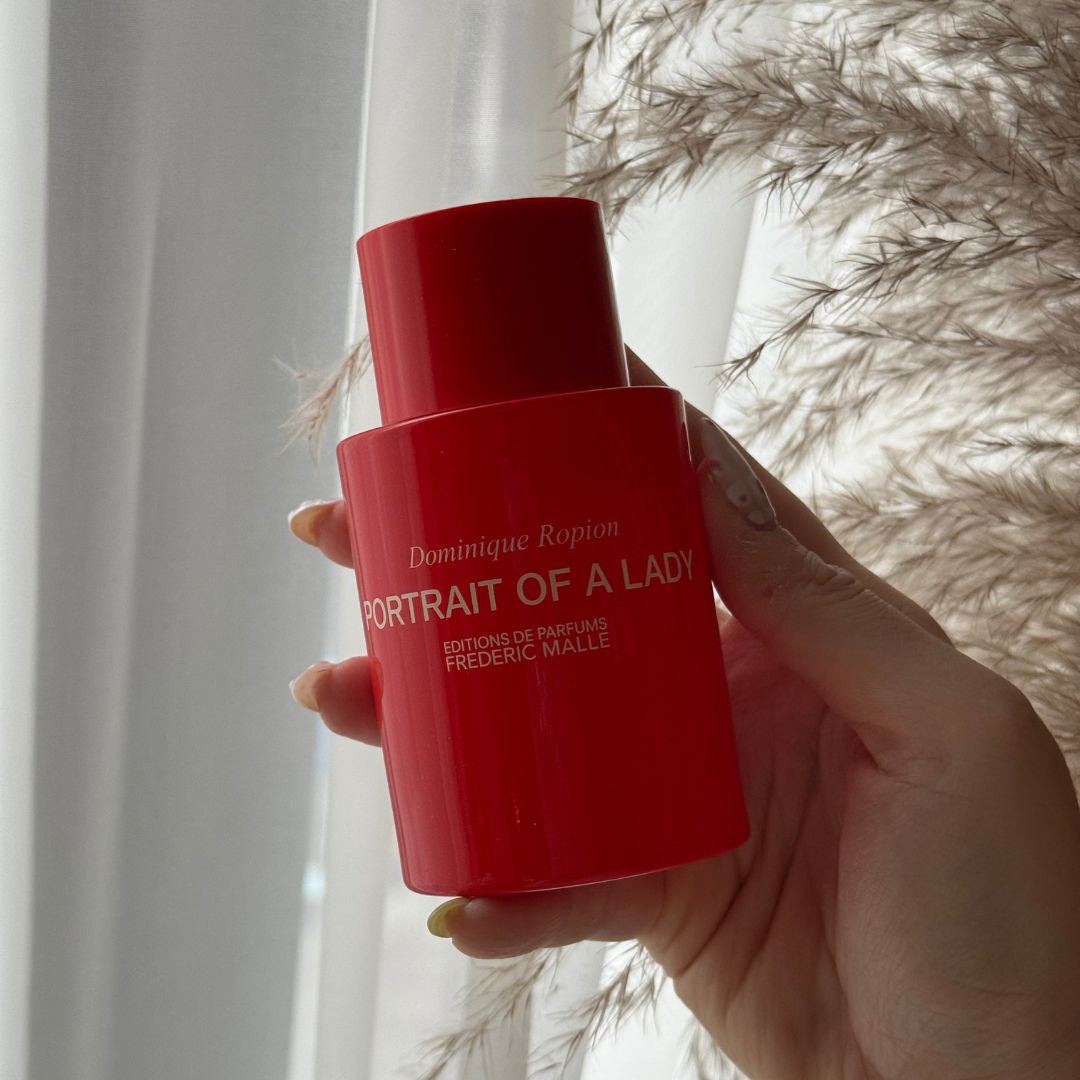 This iconic rose perfume is a compliment magnet—it makes me feel ‘put together’ after just one spritz
This iconic rose perfume is a compliment magnet—it makes me feel ‘put together’ after just one spritzGrown-up and elegant, yet not at all dated.
By Denise Primbet
-
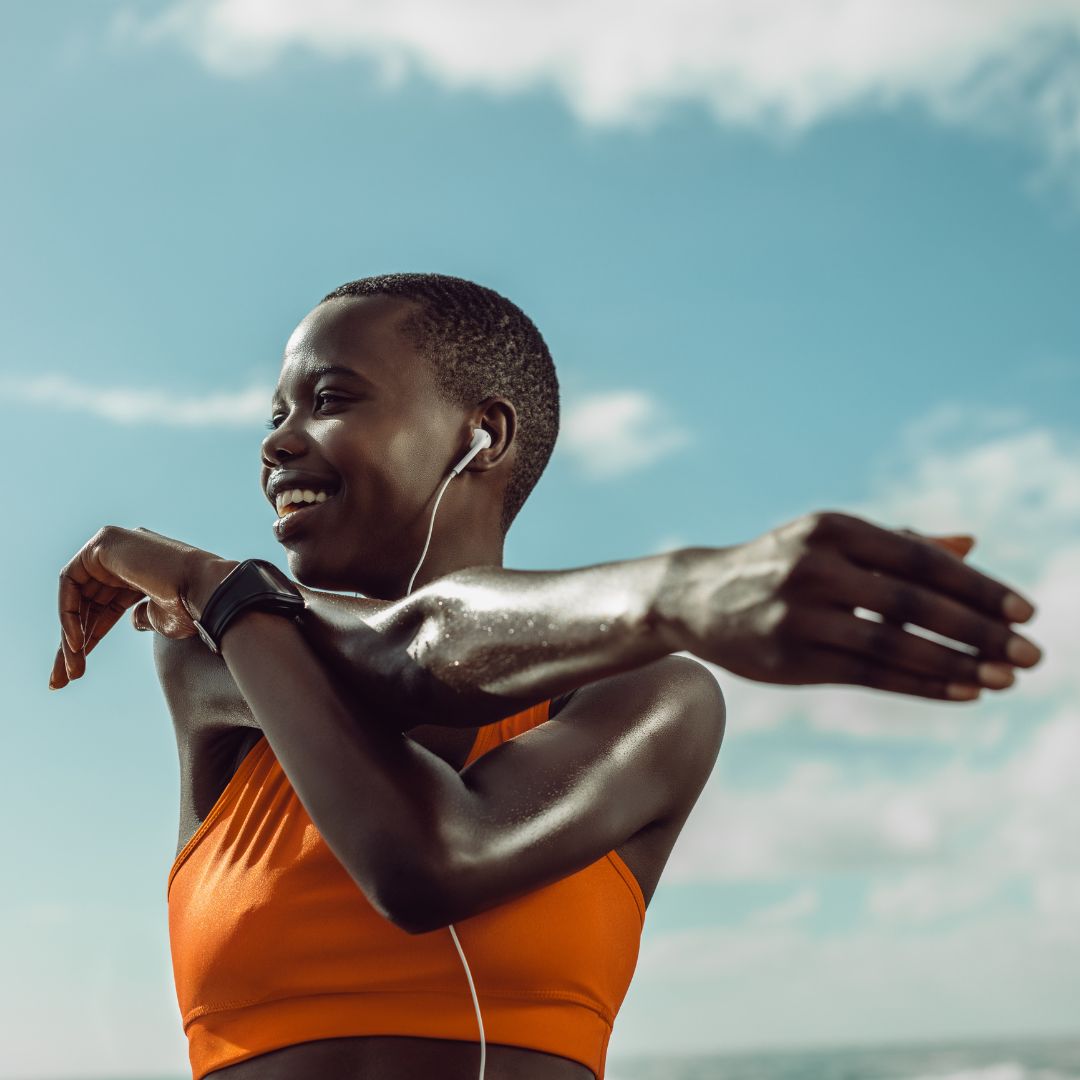 Spring has finally sprung - 6 best outdoor workouts that are totally free and boost both body and mind
Spring has finally sprung - 6 best outdoor workouts that are totally free and boost both body and mindSoak in the nature and boost Vitamin D *and* endorphins.
By Anna Bartter